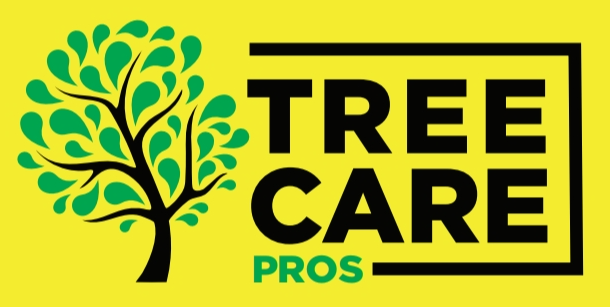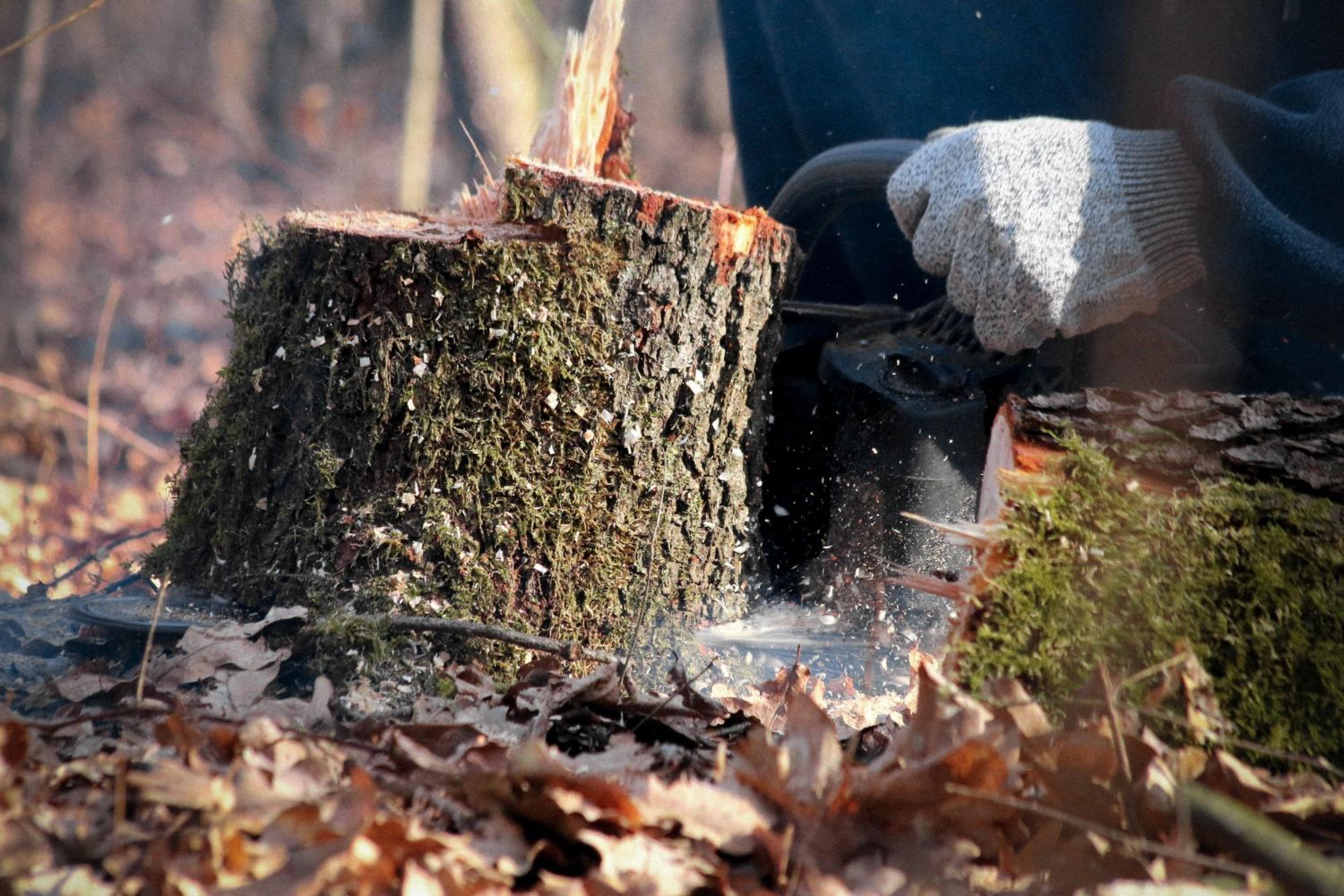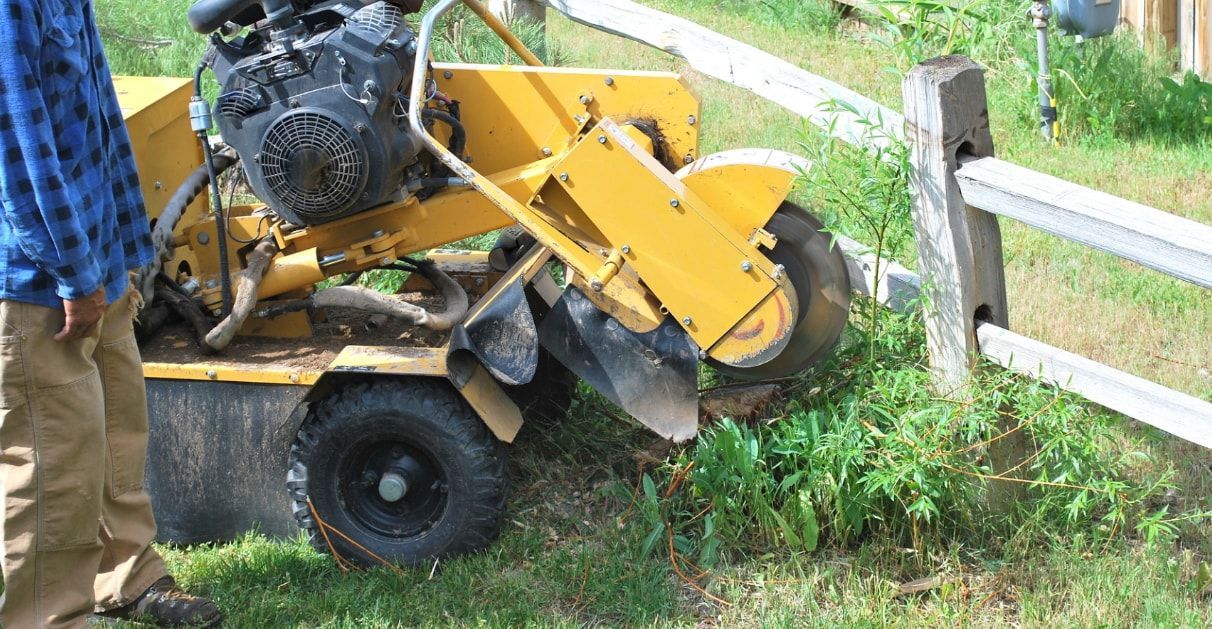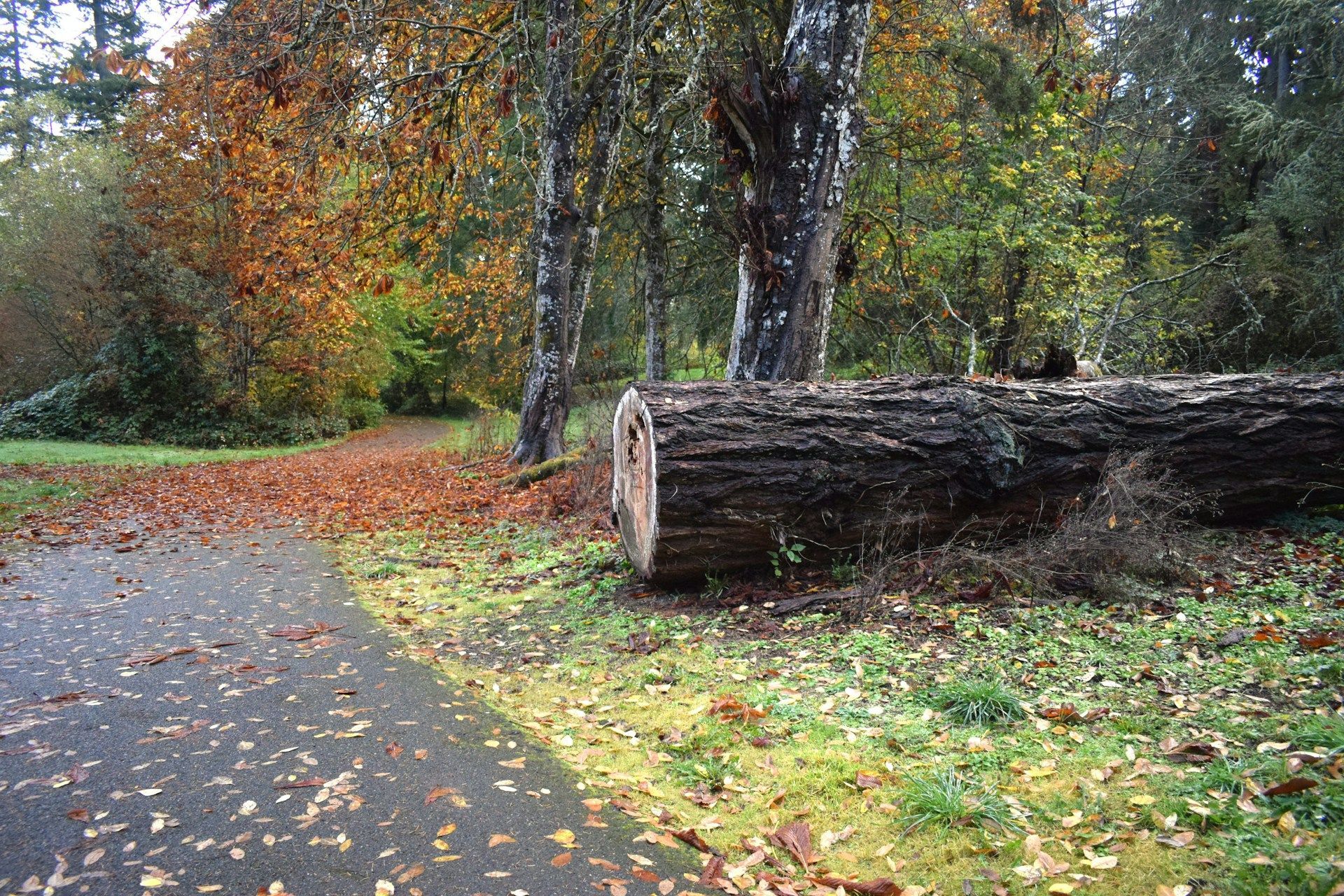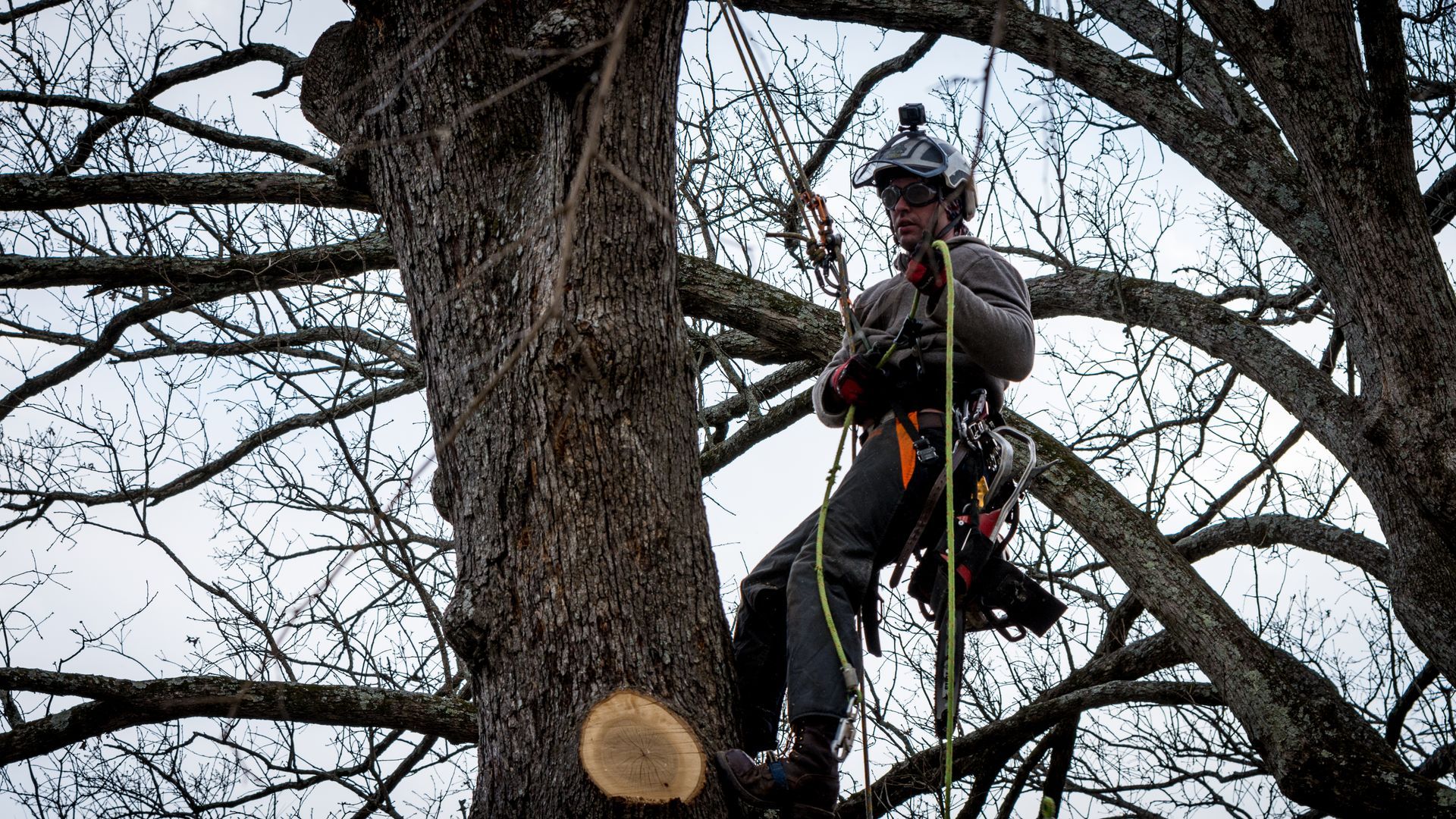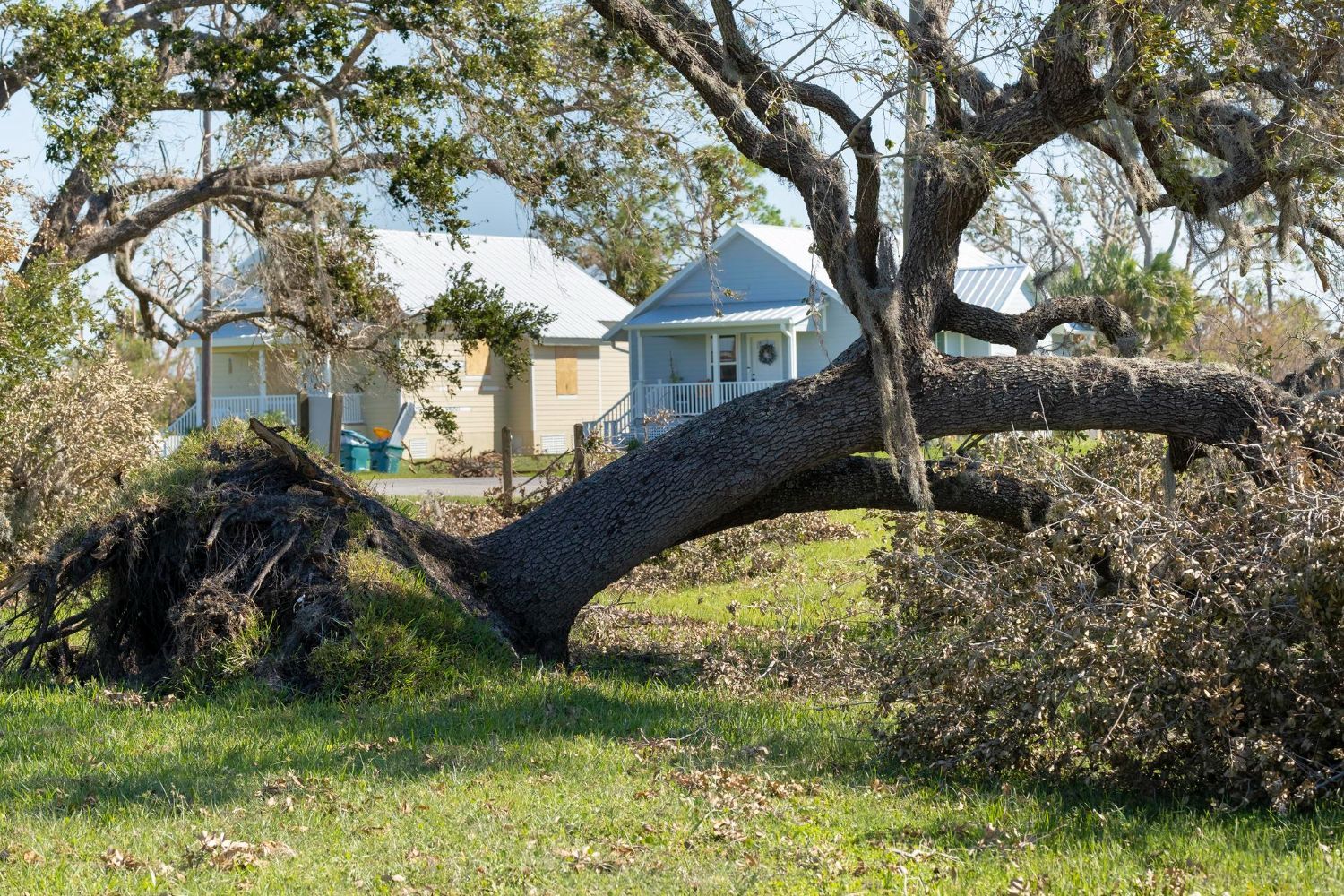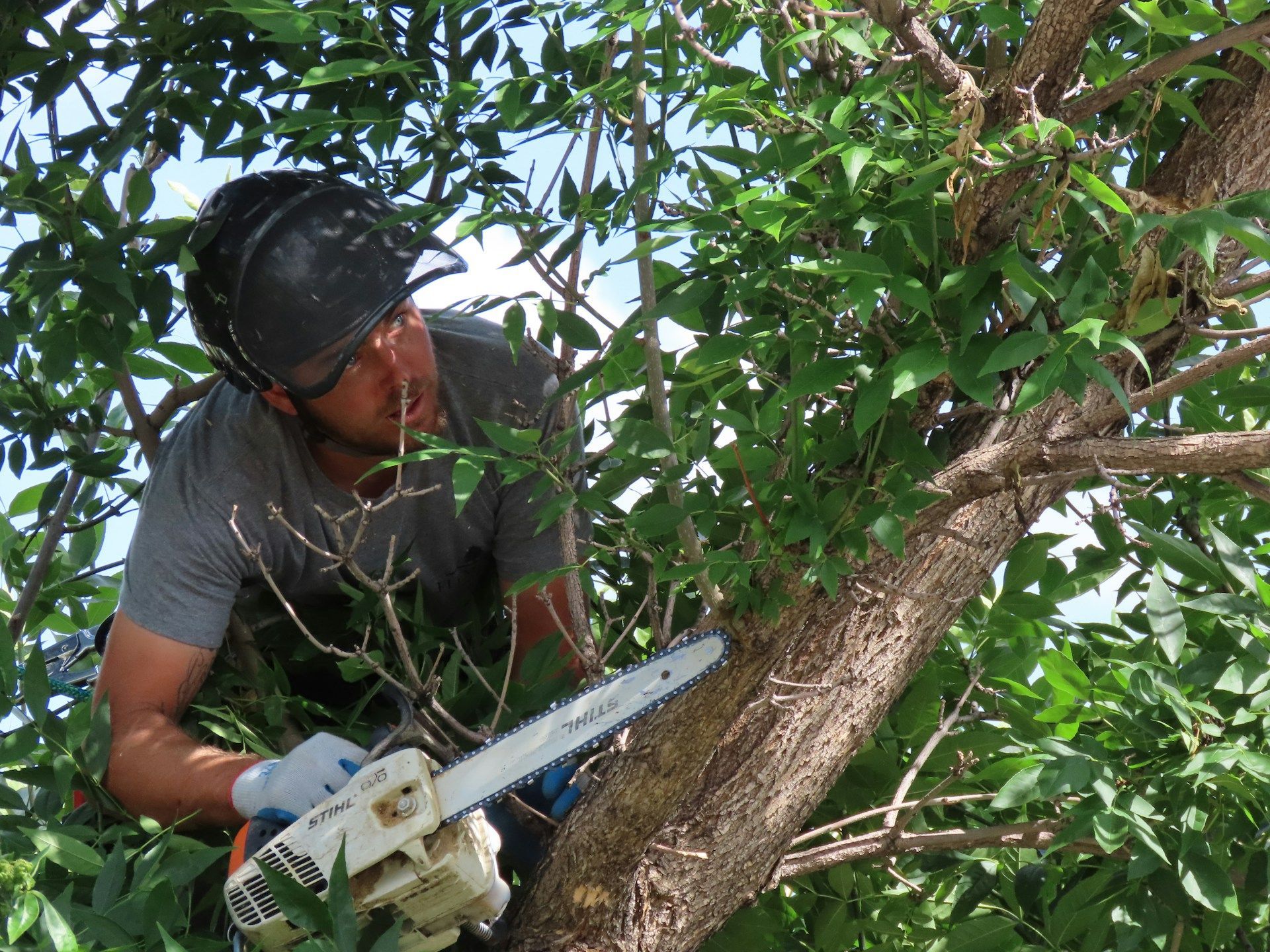How to Handle Tree Removal Emergencies
Tree removal emergencies can happen at any time and cause serious damage to your property or even put people at risk. Whether it's due to a storm, disease, or an accident, knowing how to handle these emergencies is crucial. Understanding the signs of a tree removal emergency helps you respond quickly and effectively.
Recognizing a Tree Removal Emergency
Recognizing a tree removal emergency is the first step in dealing with it effectively. Some clear signs indicate you need to act fast. A tree leaning suddenly or at an odd angle is a key warning. This could mean the roots are damaged, and the tree might fall soon. Look for cracks or splits in the trunk and branches, which can signify instability.
Another sign to watch for is uprooted or exposed roots. This often happens after heavy storms or flooding. Damaged roots can no longer support the tree, making it a serious hazard. Also, be aware of large branches hanging loose or broken. These can fall without warning, especially in windy conditions.
Lastly, pay attention to changes in the tree’s health. Dead or decaying trees are more likely to become hazardous. If you notice mushrooms or fungi growing at the base of the tree, this is a sign of rot. Discoloured leaves, peeling bark, or insect infestations also indicate that the tree is unhealthy and might pose a risk. Identifying these signs early helps you take proactive steps to address the tree removal emergency safely.
Immediate Actions to Take
Taking the right actions immediately after noticing a tree removal emergency is crucial for safety. The first thing you should do is clear the area around the tree. Ensure that no one, including pets, is in the danger zone where the tree or branches could fall.
If the tree has already fallen or large branches are down, assess the situation calmly. Check if there’s any damage to your home, power lines, or vehicles. Do not go near downed power lines, which can be extremely dangerous. Notify the utility company right away if power lines are affected.
Here’s a simple checklist for your immediate actions:
1. Clear the Area: Make sure everyone is at a safe distance from the tree.
2. Assess Damage: Look for damage to structures, power lines, or vehicles.
3. Avoid Danger Zones: Keep away from downed power lines and unstable structures.
4. Contact Utility Services: Call the utility company if power lines are involved.
Once you’ve ensured everyone’s safety and notified the necessary services, you can plan your next steps for managing the emergency. If the situation seems beyond your control, it’s best to seek professional help. Taking these immediate actions helps contain the danger and sets the stage for a more thorough response to the emergency.
Tools and Safety Gear Needed
Having the right tools and safety gear is essential for handling a tree removal emergency safely. Here’s a list of items you should have ready:
1. Chainsaw: A well-maintained chainsaw is crucial for cutting and removing fallen branches or trees. Ensure it's in good working order.
2. Handsaw: Useful for smaller branches that a chainsaw might be too powerful for.
3. Ladder: Helps you access higher branches safely. Make sure it is stable and secure before climbing.
4. Rope: Useful for securing branches or the tree trunk to prevent further movement.
5. Wheelbarrow: Handy for moving debris away from the hazard zone.
Safety gear is equally important to protect yourself from injuries:
1. Gloves: Protect your hands from cuts and splinters.
2. Safety Goggles: Shield your eyes from flying debris.
3. Hard Hat: Protects your head from falling branches.
4. Ear Protection: Reduces noise from chainsaws and other machinery.
5. Sturdy Footwear: Wear boots with good grip to prevent slipping.
Always do a quick check to ensure all your tools and safety gear are in good condition before use. This preparation can make a big difference in safely managing tree removal emergencies. Working with the right tools and protective gear ensures your safety as you carry out necessary tasks in emergency situations.
Contacting Professionals for Emergency Tree Removal
When a tree removal emergency occurs, contacting professionals can often be the safest and quickest solution. Here’s when you should call in the experts:
1. Too Dangerous: If the tree is leaning on power lines or your house, don't try to handle it yourself. Call professionals immediately.
2. Lack of Equipment: If you don’t have the right tools or safety gear, it’s best to leave the job to experts.
3. Extensive Damage: When there's significant damage, such as uprooted trees or multiple large branches, professionals can handle it more efficiently.
4. Immediate Removal Needed: If you need the tree removed quickly to prevent further damage, professionals have the skills and equipment to do so safely and quickly.
How to Contact Professionals:
1. Call: Look up local tree removal services and call their emergency numbers.
2. Describe the Situation: Clearly explain the problem and any urgent dangers.
3. Follow Instructions: They may provide immediate instructions to ensure safety until they arrive.
4. Stay Clear: Keep yourself and others away from the danger zone.
Contacting professionals ensures the tree is removed safely and reduces the risk of injury. They have the knowledge, experience, and equipment to manage even the most dangerous situations effectively.
Conclusion
Dealing with tree removal emergencies requires quick thinking and the right steps to ensure everyone's safety. Recognizing the signs of a tree emergency helps you act swiftly. Taking immediate actions like clearing the area and assessing the damage are crucial. Equipped with the right tools and safety gear, you can handle some aspects safely on your own. However, there are times when calling in professionals is the wisest choice to avoid any further risk.
Having a plan in place for tree removal emergencies can make a significant difference. It helps you remain calm and manage the situation efficiently. If you ever find yourself in a tree removal emergency, remember that expert help is just a call away. Contact Barrie Tree Care Pros for reliable and prompt service. We are here to ensure your safety and restore order to your yard. Reach out to us today and let our team handle emergency tree removal with professional care.
